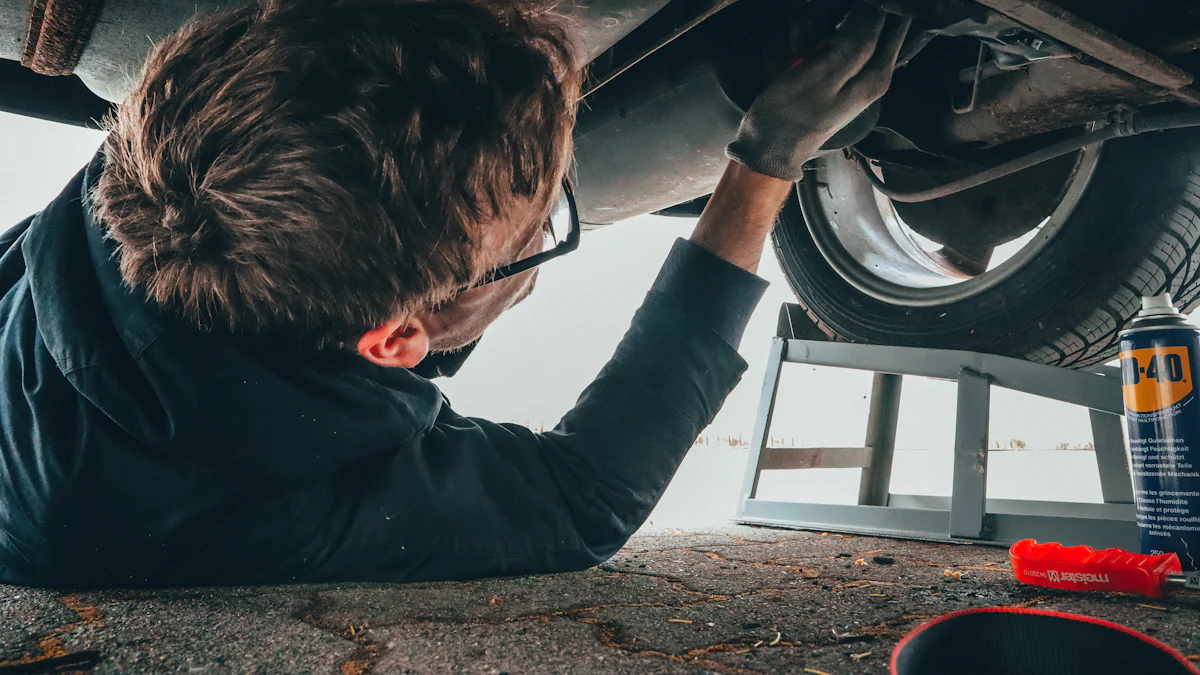
The 3.6 Pentastar engine, known for its high-pressure aluminum die-cast block and 60-degree V angle, powers Chrysler, Dodge, and Jeep vehicles with precision. Within this powerhouse lies the Engine harmonic balancer, a critical component that minimizes engine vibrations for optimal performance. This guide serves to illuminate the significance of 3.6 Pentastar harmonic balancer torque specs in maintaining the harmonious operation of this dynamic engine family.
3.6 Pentastar Harmonic Balancer Torque Specs
Understanding Torque Specifications
Torque, the rotational force applied to an object, is a fundamental concept in engineering and mechanics. Definition of Torque involves the twisting force that affects an object’s rotation, crucial for the operation of various mechanical systems. The Importance of Correct Torque cannot be overstated as it ensures the proper functioning and longevity of engine components.
Specific Torque Values
When delving into the realm of Harmonic Balancer Torque Specs, precision is key. The harmonic balancer, a vital component in reducing engine vibrations, demands specific torque values for optimal performance. Comparing these values with those of other components sheds light on the intricate balance required for seamless engine operation.
Common Issues and Solutions
In the world of engines, torque-related problems can arise, leading to inefficiencies and potential damage. Over-torquing Problems occur when excessive force is applied during installation, risking component integrity. Conversely, Under-torquing Problems stem from insufficient torque application, compromising the stability and functionality of engine parts.
Harmonic Balancer Install
Preparation Steps
Required Tools
- Socket wrench set: Essential for loosening and tightening bolts with precision.
- Torque wrench: Ensures accurate torque application, vital for the harmonic balancer’s stability.
- Pry bar: Useful for removing the old balancer without causing damage to surrounding components.
- Safety goggles and gloves: Protect yourself from any potential debris or hazards during the installation process.
Safety Precautions
- Prioritize safety by disconnecting the battery to prevent any electrical mishaps.
- Secure the vehicle on jack stands to create a stable working environment.
- Always refer to the manufacturer’s guidelines for specific safety measures related to your vehicle model.
Step-by-Step Installation
Removing the Old Balancer
- Begin by locating the harmonic balancer at the front of the engine, typically connected to the crankshaft.
- Use a socket wrench and appropriate socket size to loosen and remove the bolts securing the old balancer in place.
- Gently pry off the old balancer, ensuring not to damage any adjacent components in the process.
Installing the New Balancer
- Clean the mounting surface where the new harmonic balancer will be placed to ensure a secure fit.
- Align the keyway on the crankshaft with that of the new balancer before sliding it into position.
- Carefully hand-tighten each bolt before using a torque wrench to apply precise torque as per manufacturer specifications.
Post-Installation Checks
Ensuring Proper Fit
- Confirm that the new harmonic balancer sits flush against the crankshaft without any gaps or misalignment.
- Double-check all bolts for proper tightness to prevent any future issues related to loose fittings.
Testing Engine Performance
- Reconnect the battery and start your vehicle to verify that it runs smoothly without any unusual vibrations.
- Monitor your engine’s performance over time, ensuring that there are no unexpected noises or irregularities during operation.
In reflecting on the intricate world of engine mechanics, it becomes evident that precision is paramount. The Harmonic Balancer stands as a crucial element in maintaining engine health, requiring meticulous attention to detail during installation. By adhering to the specified torque values and following each step diligently, one ensures the seamless operation of their vehicle. Remember, the key to a harmonious engine lies in the proper care and maintenance of components like the harmonic balancer today.
Post time: May-31-2024



